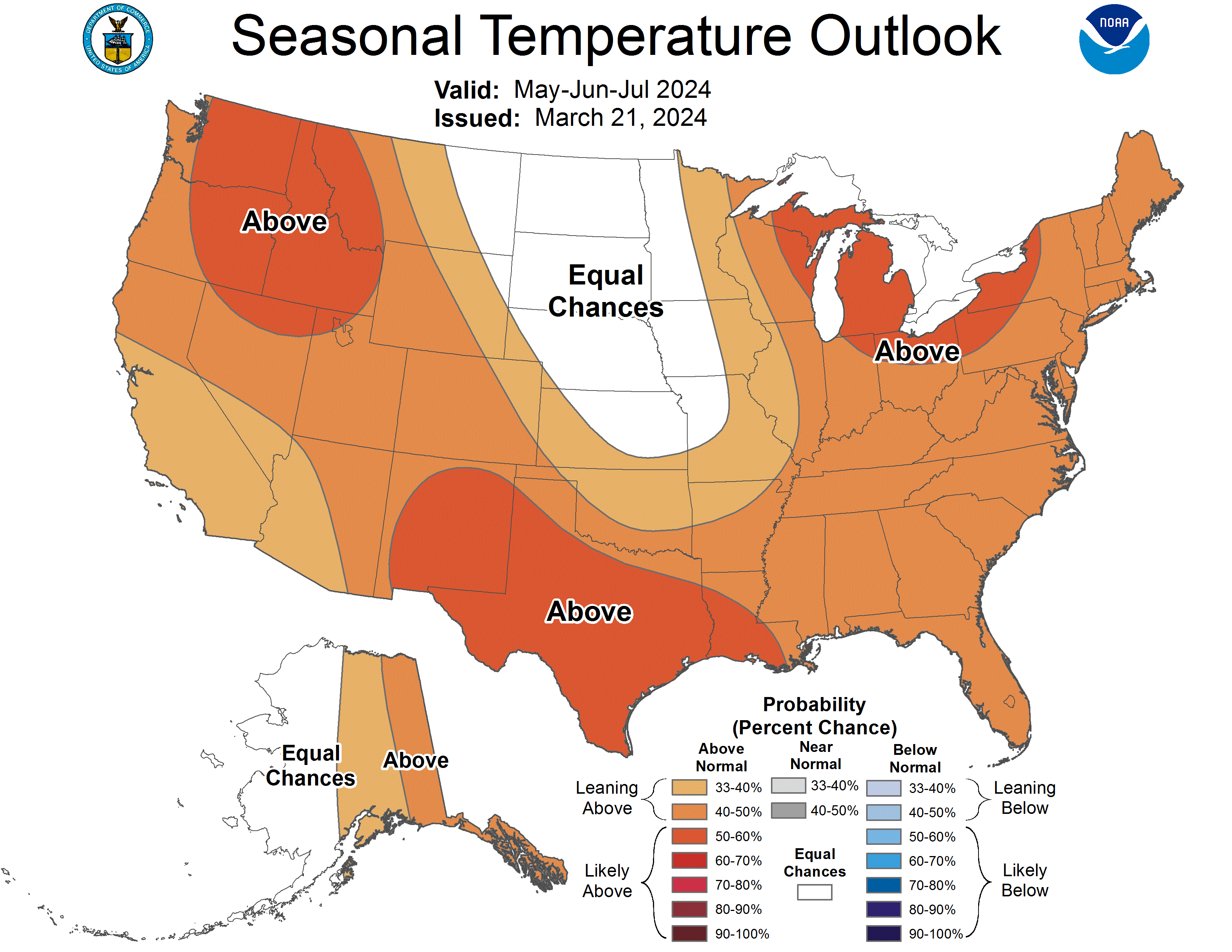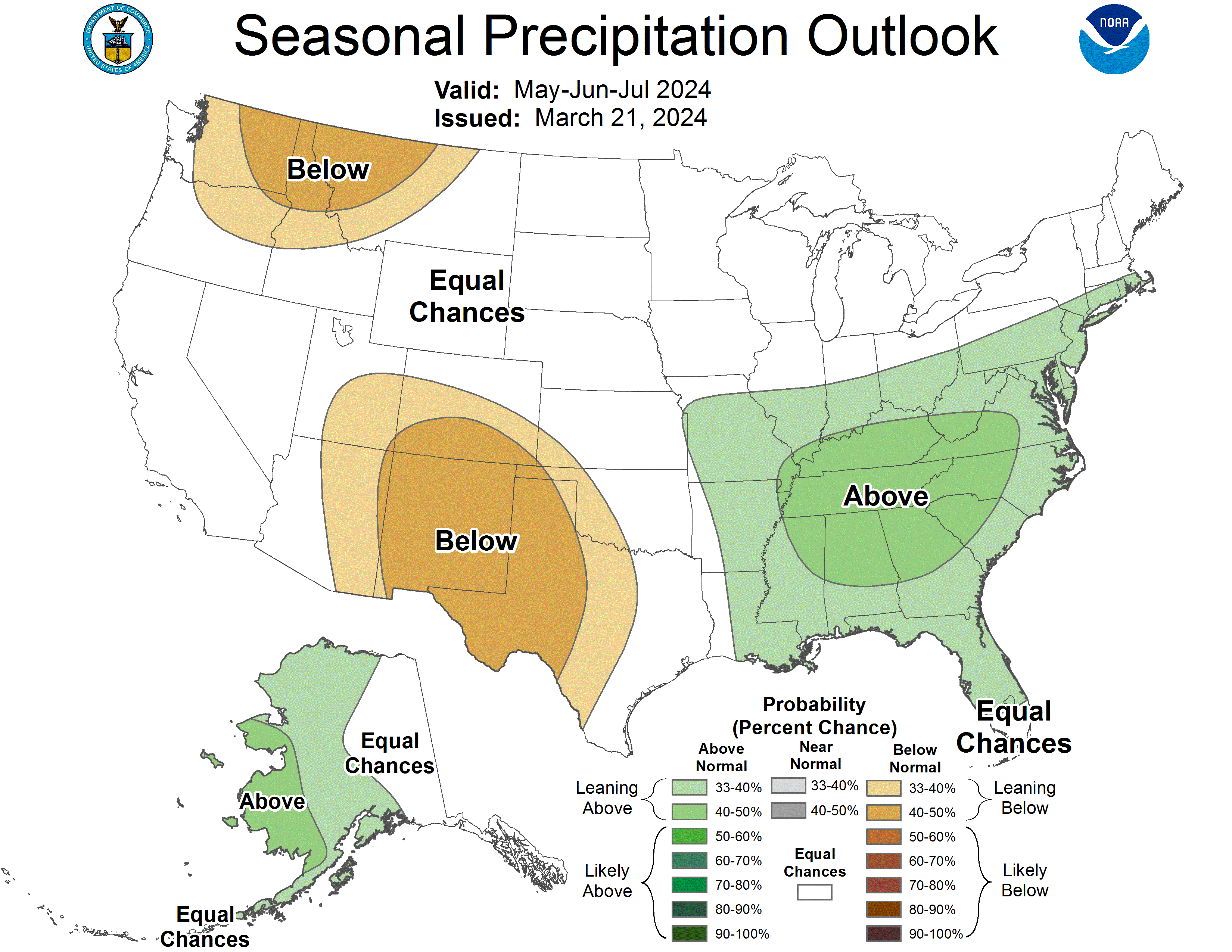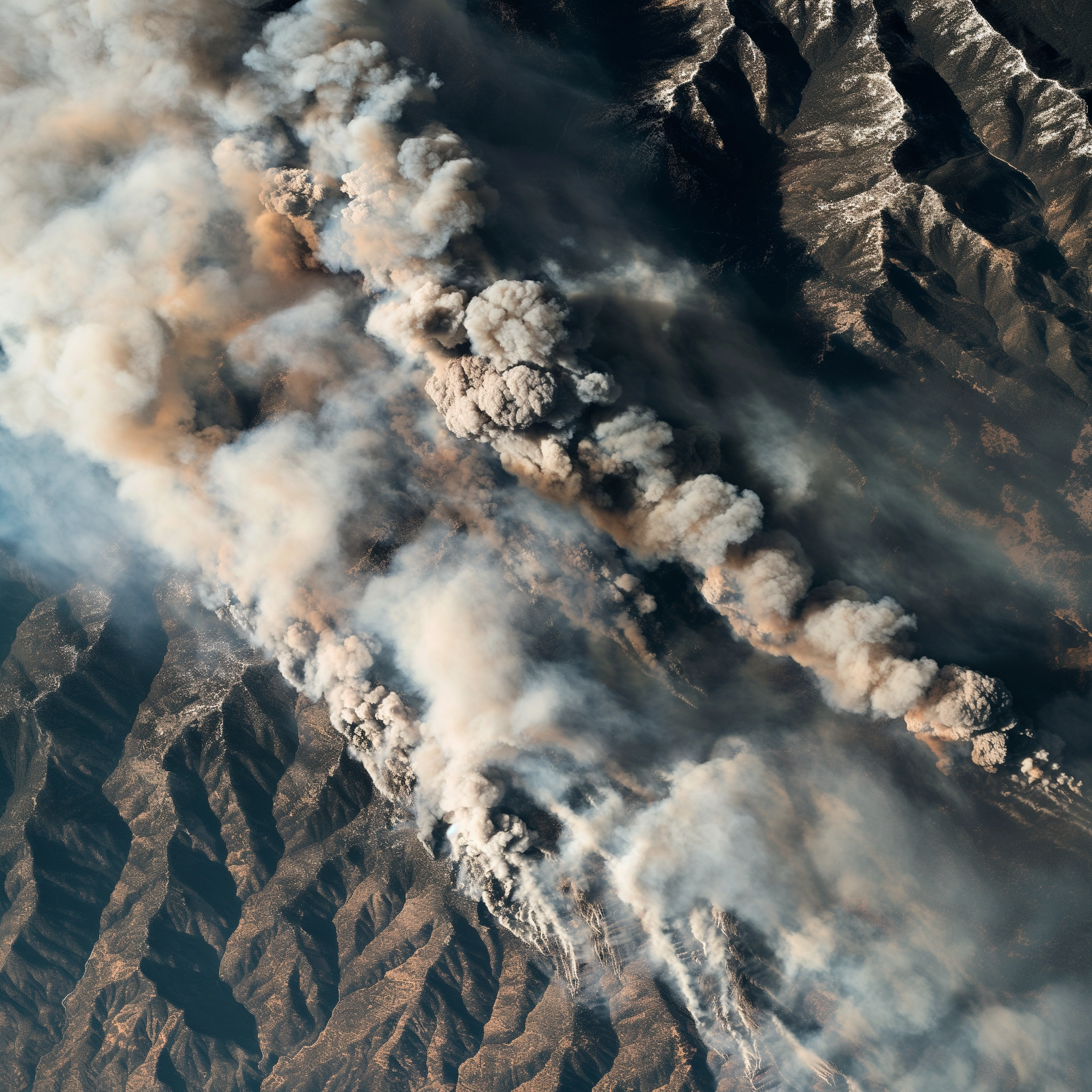As the Northern Hemisphere’s chill of winter gradually gives way to spring, our collective focus within the wildfire management community shifts towards the upcoming fire season understanding the early indicators of wildfire potential becomes crucial. Wildfire risks often emerge well before the spring and summer seasons, making early detection and analysis key to effective preparedness and response. This critical juncture is a time for analysis and preparation, where understanding the climatic intricacies of the months ahead is imperative for a successful season. At TracPlus, we recognise that the key to mitigating the challenges of the wildfire season lies in the ability to foresee and interpret the evolving conditions that define our natural environment.
Amidst these evolving conditions, TracPlus stands as the global leader in aerial firefighting intelligence. While our core competency lies in providing real-time tracking and operational data to firefighting teams, we extend this expertise into translating complex climatic information into valuable insights. This unique capability allows us to offer a nuanced understanding of fire risks, which, although not a core part of our product, demonstrates our comprehensive approach in supporting firefighting operations globally.
In this article, we delve into the forecasts and trends outlined by the National Interagency Fire Center (NIFC)'s Predictive Services team, highlighting the intricate interplay of climatic factors, regional conditions, and evolving environmental patterns. This analysis, informed by NIFC's expert predictions and long-range climate data from the National Weather Service, aims to provide an in-depth understanding of the factors influencing fire behavior and potential, which are crucial for effective fire management and preparedness strategies. Our approach goes beyond conventional data analysis; it's about synthesising our deep understanding of operational data with external climatic insights to equip frontline firefighting teams with comprehensive knowledge, aiding them in making informed decisions in critical situations.
Changes Since the December Outlook

Temperature Variations and Escalating Concerns
A comparative analysis of the January-February-March (JFM) and May-June-July (MJJ) 2024 forecasts uncovers significant shifts in temperature projections across the United States. Initially, the Pacific Northwest was shrouded in uncertainty with "Equal Chances" of varied temperature outcomes. However, the outlook has evolved considerably. The MJJ forecast now indicates a marked increase in the probability of above-normal temperatures, with states like Idaho, Oregon, and Washington transitioning from "Leaning Above" to "Likely Above," and in some areas to outright "Above Normal" temperatures. This projected rise could presage an early onset of drier conditions, escalating the risk of wildfires in the forested regions of the Pacific Northwest.
Precipitation Projections and Emerging Dry Spells
When examining precipitation, the early forecast suggested a wetter season for the Southeast and a drier one for the Northwest and California. As the months progress into MJJ, the concern intensifies for the West and Northwest as they brace for below-normal precipitation. This dry trend has broadened its reach, now stretching across the Great Plains, implying a more pronounced risk of drought. The Southeast, previously anticipated to receive above-normal rainfall, faces a future of uncertainty with an "Equal Chances" prediction, leaving room for varying scenarios to unfold.
From Expected Moisture to Unpredictable Drought
The transition from wetter to more ambiguous conditions in the Southeast represents a stark change, potentially altering the region's fire season trajectory. The evolution from a predictably moist start to an uncertain summer could impact ecosystem resilience and moisture retention in vegetation, influencing fire dynamics.
Heat Intensification Across the Heartland
The heartland of the U.S. is not exempt from these climatic shifts. As the calendar flips to MJJ, a broad swath of central America, inclusive of Texas, Oklahoma, and Kansas, is slated for above-normal temperatures. This warming envelops the region, exacerbating evaporation rates, stressing water resources, and challenging fire suppression efforts.
Regional Repercussions and Considerations
- Southwest and Rocky Mountain Areas: These areas are set to experience hotter and potentially drier conditions, spotlighting the growing wildfire threat as the summer season looms.
- Northern Plains and Great Lakes: While initially in the grip of warmer weather, these regions could see an uptick in precipitation in the MJJ forecast, possibly offsetting some wildfire risks associated with the elevated temperatures.

NIFC's Outlook for the 2024 Fire Season
The latest National Interagency Fire Center (NIFC) outlook for April through July 2024 is a critical compass for the fire management community, as it presents a detailed forecast informed by both expert predictions and climate data from the National Weather Service. This comprehensive report provides an in-depth view of expected fire conditions, guiding us through the nuanced landscape of wildfire potential in the United States.
The NIFC's outlook is drawn from a collaborative forecast of the ten Geographic Area Predictive Services units and the National Predictive Services unit. Their combined analysis indicates a notable shift in fire activity expectations for the coming months. As we exited March, active fire conditions persisted in the Southern Area, with significant fires emerging in parts of the Upper Midwest and southern Plains. This heightened activity, combined with the escalation to a preparedness level three in some regions, signals a pronounced start to the fire season in these areas.
From a nationwide perspective, the NIFC report details an increase in year-to-date annual acres burned, which sits well above the 10-year average at 350% of normal. This striking figure, alongside a below-average number of fires, points to a pattern of fewer but more intense fire events.
The report also highlights the intricate interplay between temperature anomalies, precipitation deficits, and suboptimal snowpack levels. For example, the snow water equivalents in parts of Southern Washington and Northern Oregon are at a significant shortfall, ranging between 30 to 49% of the basin-wide normal. This could potentially lead to a significantly drier early fire season in the Northwest.
Drought conditions continue to be a concern, as extreme categories have expanded in the Southeast, from the Lower Mississippi Valley to the Appalachian states, exacerbating the wildfire risk in these regions. The NIFC's climate outlook, factoring in a strong El Niño pattern, forecasts a continued trend of above-normal temperatures for most of the U.S., which, when coupled with varied precipitation forecasts, suggests complex challenges in wildfire management and preparedness.
Understanding El Niño
El Niño remains a pivotal climate phenomenon, characterized by the significant warming of ocean surface temperatures in the central and eastern Pacific Ocean near the equator. This warming phase of the El Niño-Southern Oscillation (ENSO) cycle influences global weather patterns, often disrupting standard precipitation and temperature norms across different regions. In North America, the presence of El Niño is typically associated with warmer, drier conditions across the northern parts of the continent, while the southern regions may experience cooler, wetter weather than usual.
El Niño events arise from a weakening or reversal of the easterly trade winds that conventionally propel warmer waters towards Asia. When these winds diminish in strength, the warmer waters drift back towards the Americas, elevating the ocean surface temperatures in the central and eastern Pacific sectors. The current climate models had anticipated a robust El Niño phase, promising above-normal precipitation for the Gulf and East Coasts through March, potentially alleviating drought conditions in these areas. Nevertheless, the reality of climate impacts is complex and uneven; certain locales, including regions like Kentucky, confront the prospect of receiving lesser precipitation, underscoring the heterogeneity of fire potential across the Southeast.
As we progress through 2024, the unfolding El Niño event continues to shape the environmental backdrop against which the fire season develops. The anticipated above-normal temperatures, especially highlighted in the forecasts for the Pacific Northwest and central U.S., underscore El Niño's broad reach. Coupled with predictions of below-normal precipitation extending across much of the West and Great Plains, the current El Niño phase sets the stage for heightened wildfire risks in these areas. The drier and warmer conditions anticipated may diminish snowpack levels earlier than usual, reducing moisture reserves crucial for maintaining soil and vegetation hydration during the critical months of fire season.
Conclusion:
As we brace for the 2024 fire season, this comprehensive analysis highlights an urgent need for strategic readiness, meticulously adapted to the distinctive challenges across various regions. The profound impact of El Niño, intertwined with the anomalies in regional temperatures and precipitation patterns, alongside acute concerns such as diminished snowpack levels and enduring drought conditions, underscore the intricate dynamics of the imminent wildfire landscape for the 2024 season ahead. These elements not only delineate the contours of potential risks but also underscore the imperative for adaptable and collaborative strategies in the realm of wildfire management.
In this intricate ecosystem of challenges and uncertainties, TracPlus plays a pivotal role by leveraging our expertise in transforming real-time operational data into actionable intelligence. TracPlus enables frontline firefighting teams and communities to better understand and anticipate their operational environments through enhanced situational awareness, improving their ability to safeguard their people, assets, and communities against the unpredictable nature of wildfires.
